Expansion of Telecommunications Networks
The expansion of telecommunications networks is a significant driver for the High-Speed Fiber Optic Sensor Market. With the increasing reliance on digital communication and the internet, there is a pressing need for robust and high-capacity networks. Fiber optic sensors are integral to the infrastructure of telecommunications, providing essential data for network management and optimization. The market is poised for growth as telecommunications companies invest in upgrading their networks to support higher data rates and improved service quality. Analysts predict that the telecommunications sector will contribute substantially to the fiber optic sensor market, with a projected market size of around 3.5 billion USD by 2026. This growth reflects the critical role of fiber optic sensors in enhancing the performance and reliability of telecommunications systems.
Growing Adoption of Smart Infrastructure
The shift towards smart infrastructure is significantly influencing the High-Speed Fiber Optic Sensor Market. As urbanization accelerates, cities are increasingly integrating smart technologies to improve efficiency and sustainability. Fiber optic sensors are essential components in smart infrastructure, enabling real-time monitoring of various parameters such as temperature, pressure, and structural integrity. This trend is evident in the construction of smart buildings and transportation systems, where fiber optic sensors provide critical data for decision-making. The market is anticipated to grow as governments and private sectors invest in smart city initiatives, with projections indicating a potential market expansion to 4 billion USD by 2027. This growth underscores the importance of fiber optic sensors in the development of intelligent and responsive urban environments.
Increased Investment in Renewable Energy
The rising focus on renewable energy sources is driving the High-Speed Fiber Optic Sensor Market. As countries strive to meet sustainability goals, there is a growing need for efficient monitoring and management of renewable energy systems, such as wind and solar farms. Fiber optic sensors offer advantages such as high sensitivity and resistance to electromagnetic interference, making them ideal for monitoring the performance of renewable energy installations. The market is expected to benefit from increased investments in renewable energy infrastructure, with estimates suggesting that The High-Speed Fiber Optic Sensor Market could reach 2 trillion USD by 2030. This trend indicates a robust demand for fiber optic sensors to ensure the reliability and efficiency of renewable energy systems.
Rising Demand for High-Speed Data Transmission
The increasing need for high-speed data transmission across various sectors is a primary driver for the High-Speed Fiber Optic Sensor Market. As industries such as telecommunications, healthcare, and manufacturing continue to expand, the demand for efficient and rapid data transfer solutions grows. According to recent estimates, the fiber optic sensor market is projected to reach a valuation of approximately 3 billion USD by 2026, reflecting a compound annual growth rate of around 10%. This surge is largely attributed to the proliferation of data-driven applications and the necessity for real-time monitoring systems, which rely heavily on high-speed fiber optic sensors. Consequently, businesses are investing in advanced fiber optic technologies to enhance their operational efficiency and maintain competitive advantages.
Technological Advancements in Fiber Optic Sensors
Technological advancements play a crucial role in propelling the High-Speed Fiber Optic Sensor Market. Innovations in sensor design, materials, and manufacturing processes have led to the development of more efficient and reliable fiber optic sensors. For instance, the introduction of photonic crystal fibers and improved signal processing techniques has significantly enhanced the performance of these sensors. As a result, industries are increasingly adopting these advanced solutions for applications such as structural health monitoring, environmental sensing, and industrial automation. The market is expected to witness a steady growth trajectory, with analysts projecting a market size of over 2.5 billion USD by 2025, driven by the continuous evolution of technology and the growing need for precision in various applications.

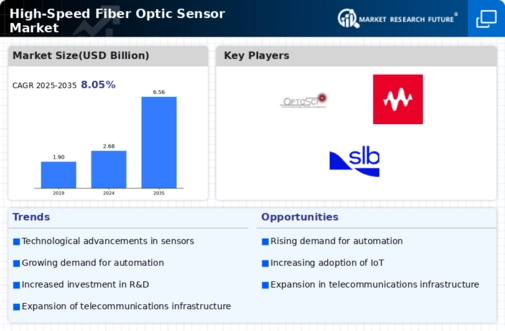
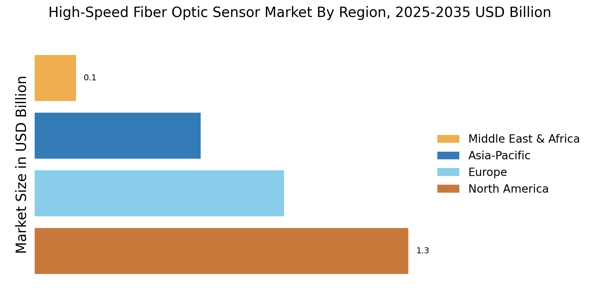

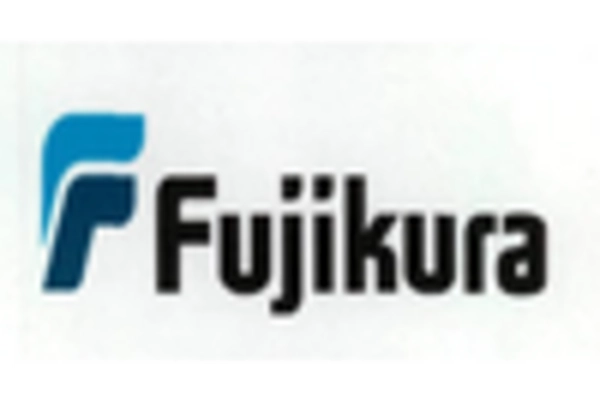
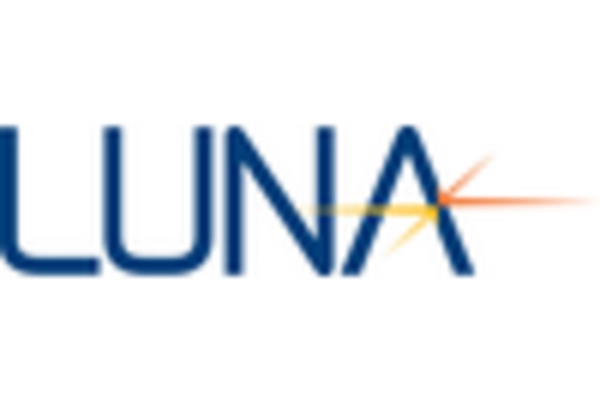


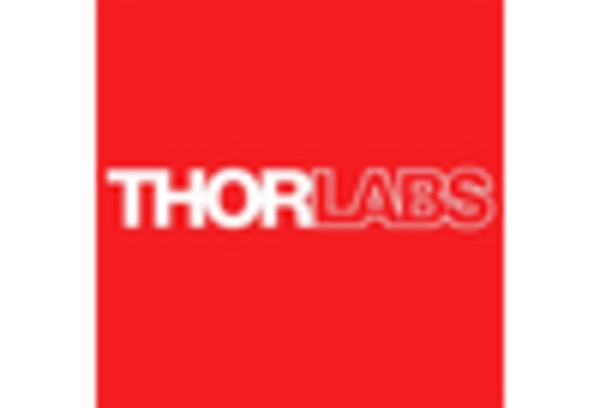








Leave a Comment